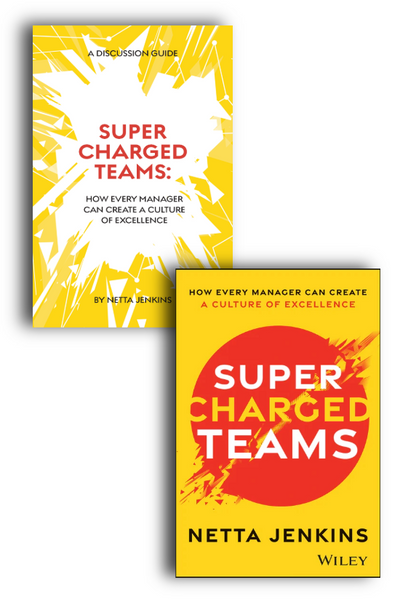Raising the Bar: The Life and Work of Gerald D. Hines
 You know the quality of a book is going to be pretty astounding when the cover image portrait is done by Annie Leibovitz. It is a standard of quality apparent from cover to cover in Raising the Bar, and reflects the life's work of the man profiled within: Gerald D. Hines.
You know the quality of a book is going to be pretty astounding when the cover image portrait is done by Annie Leibovitz. It is a standard of quality apparent from cover to cover in Raising the Bar, and reflects the life's work of the man profiled within: Gerald D. Hines.
This is a man who, when diagnosed with angina, opted against the coronary bypass recommended by his doctors, and instead took up a life of diet and exercise to overcome it. And it wasn't what you'd expect a fifty-year-old man in Houston to take up forty years ago. This "straight-laced, Purdue-educated engineer-turned-builder" who had put towers in the sky for oil and banking interests took up yoga under the tutelage of and Indian Swami and extreme sports like mountain climbing, white river rafting, and helicopter skiing. All this after the age of fifty, and while building a company that was putting up manmade mountains and changing the built landscape of cities around the world—most dramatically in his adopted home city of Houston. And he hasn't stopped climbing or building ever since:
Today, at ninety, he stands at the top of the international real estate investment and development world. But he remains the eternal engineer, forever fascinated by the inner workings of buildings, whose basements and ducts he climbed through when he first arrived in Houston in his 9-5 job for a heating and air conditioning company, and through which he continues to enthusiastically climb.
Raising the Bar is part biography, part family history, part city history, part company history, and a beautifully illustrated coffee table book all wrapped into one. It is the kind of book that will make any lover of books drool over it's presentation, but it is also excellently written by veteran journalist and author Mark Seals. It takes the reader from the shores of Nova Scotia, where his grandfather Benjamin put down his roots in the new world, through Gary, Indiana, where his father moved when the U.S. Steel Corporation closed its factory in Canada and where Gerald grew up through the depression, where he would overcome dyslexia and find a lifelong of mathematics and begin his practice of carrying a plastic slide rule with him at all times, and onto Houston, where he would build so many office buildings that one street, Richmond Avenune, "was so filled with his modernist structures that it became known as Hines Boulevard."

And from there, the story turns global, taking you through Hines' accomplishments in business and development, adventures in personal life and, well, adventure—on the mountains, the sea, on bicycle, boat, and skis. He helped save the Walt Disney Concert Hall project is Los Angeles at a critical phase in its development, and along with it, Frank Gehry's reputation and career in the city (Gehry even credits the Hines Conceptual Construction team with restoring his confidence as an architect). The organization is today a leader in sustainable design, and has won ENERGY STAR's Sustained Excellence Award five times.

And yet, of all the things he's built, it is the Hines organization that may be the most impressive and long lasting.
The Hines organization now employs thousands of people in more than 115 cities and 18 countries around the world, all working under the company's single name: Hines. Its developments span skylines from Houston to London to Shanghai, all tribute and testament to the man who began his real estate career after a discussion with his neighbor over a backyard fence that revealed his neighbor's company needed a building.
And while the business now spans the globe, Hines still puts his efforts into building a better Houston in every way he can. And he bucks convention to do so, in both business and personal matters. He helped form the first chapter of the Urban League in Houston, when it was probably not the most popular proposition he could have taken up. When the oil bust hit Houston in the '70s and '80s, he offered free space in his buildings to nonprofit organizations. And we've already discussed his leading role in green building practices and how he took up yoga at a time when it would've gotten you laughed out of most buildings in Texas, even if you had built them.
And he still keeps a plastic slide rule in his pocket.






















